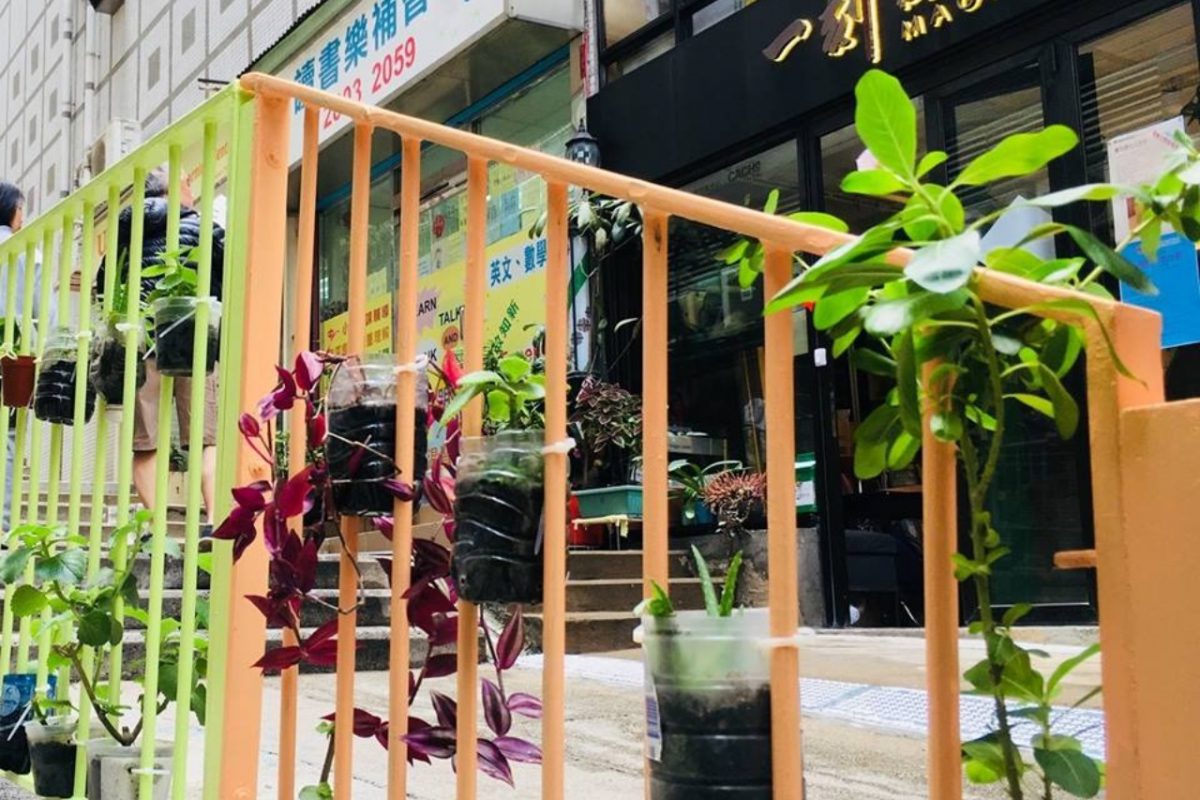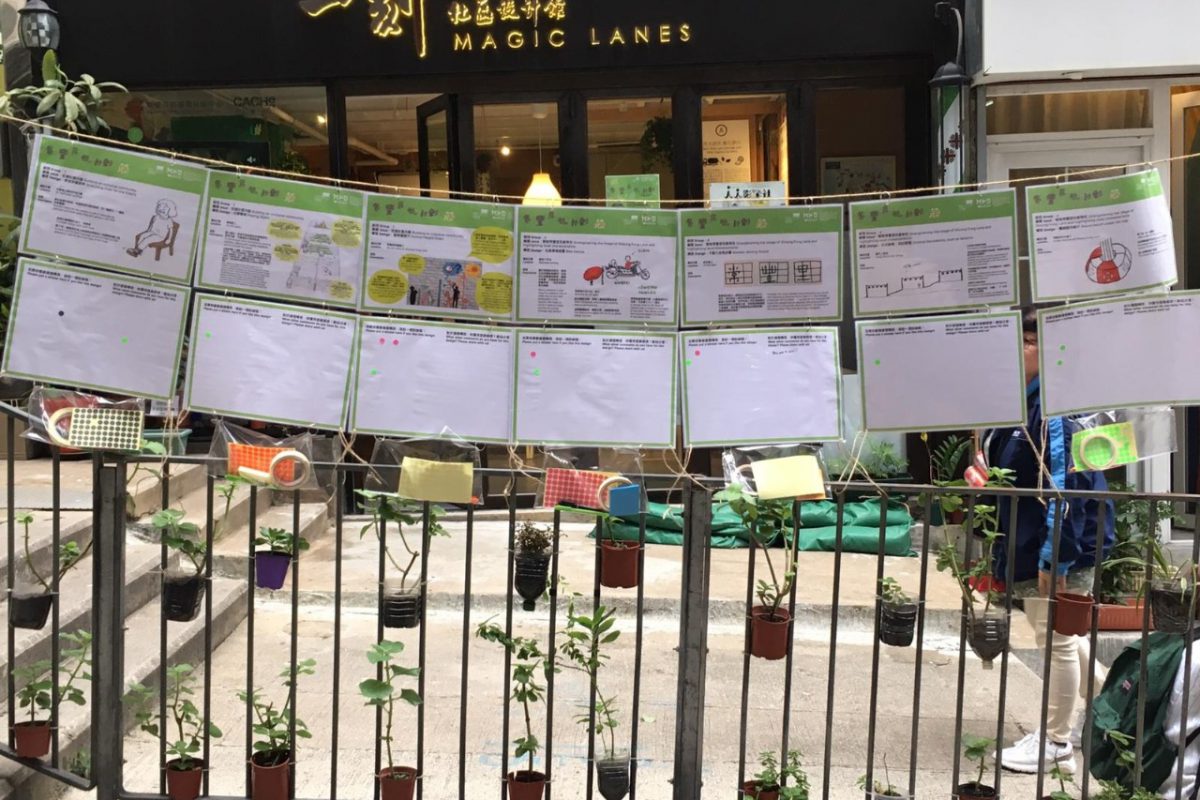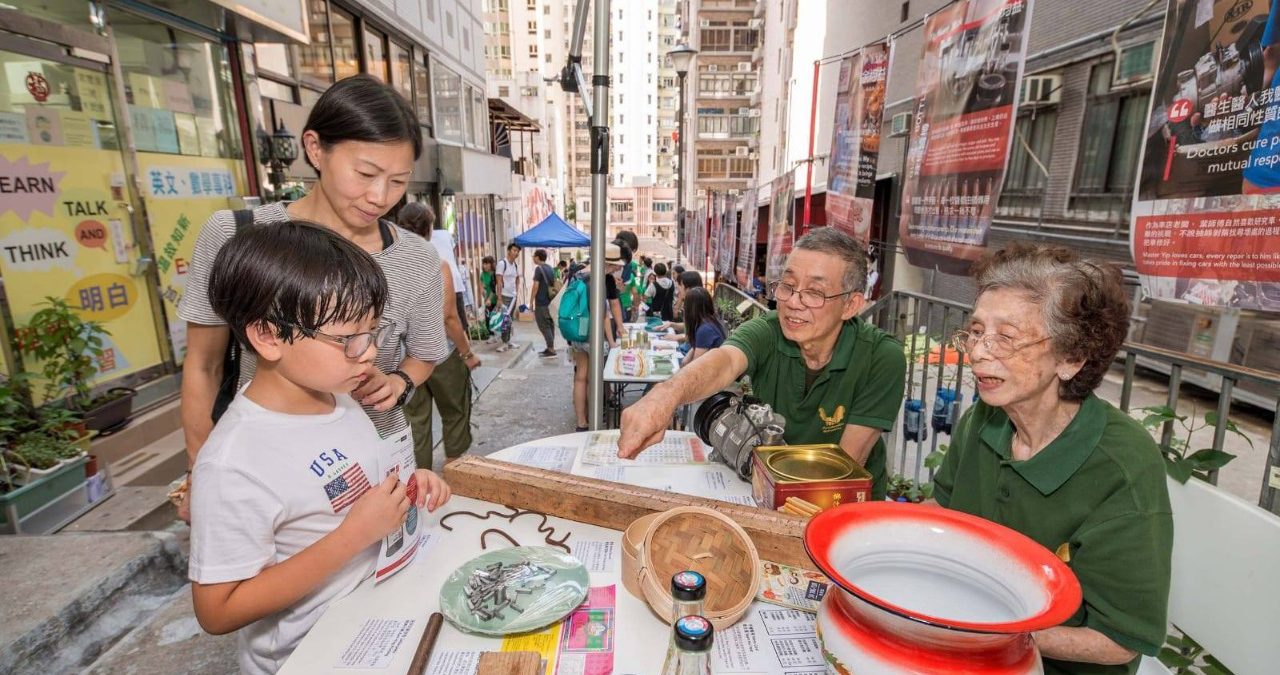
Keep up with our latest news and projects!

Sai Ying Pun is one of many typical old neighbourhoods in Hong Kong that has witnessed an urban transformation in the last few decades. Fuelled by the arrival of a new MTR station, modern high-rises shot up in the historic grid of small streets and traditional shophouses. Typical mum-and-pop shops were replaced by hip cafés and bars, bringing in a new wave of residents and tourists. The newcomers brought flair and spending power, rents went up, and within 10 years the socio-economic status of the neighbourhood had completely changed. For many of the old residents, they didn’t realise how precious the character of their neighbourhood was until it was changed beyond recognition; how valuable their public space was until it was slowly eaten up by new developments. This neighbourhood sentiment is what triggered this community-led public space initiative.
Caritas Mok Cheung Sui Kun Community Centre (‘Caritas’), a local NGO with a long-standing history in Hong Kong, started a series of activities in Sai Ying Pun in 2012. Their location of choice was Centre Street, a long and steep slope typical of the neighbourhood. With financial assistance from the Urban Renewal Fund, Caritas spearheaded the organisation of a variety of activities to connect to the original residents in a time of rapid urban change: street markets, outdoor movie screenings, pop-up street furniture and even Christmas carolling. A few years of experiments yielded an overwhelmingly positive response, and a clear conclusion: local residents wanted a community hub where they could gather without having to worry about weather or government permits. This planted the seed of what became the Magic Lane Community Design Studio (‘Magic Lanes’).
The originators agreed that Magic Lanes had to become an anchor to channel residents’ sensitivities and recover their sense of belonging and identity as Sai Ying Pun-ers. Most importantly, it needed to be a comfortable, homey place to re-imagine the future of the neighbourhood. Ideally, not a fluid or temporary pop-up, but a permanent and shaded space, like a street-level shop space.
Fortunately, they managed to convince the Urban Renewal Fund to commit to renting a space in Hong Kong’s skyrocketing property market. In their search, they stumbled upon a small vacant shop in Sheung Fung Lane, a steep alley with busy pedestrian traffic similar to Centre Street, but with a higher percentage of locals. As an added bonus, Sheung Fung Lane was a privately-owned thoroughfare, eliminating the need to deal with government bureaucracy.
They were able to rent the space for a period of two years and opened the Magic Lanes Design Studio in March 2017. The first project they embarked on was a community-led process to re-design the Sheung Fung Lane. Visualising and articulating the residents’ needs and demands in an actual physical project was an empowering and energising process.
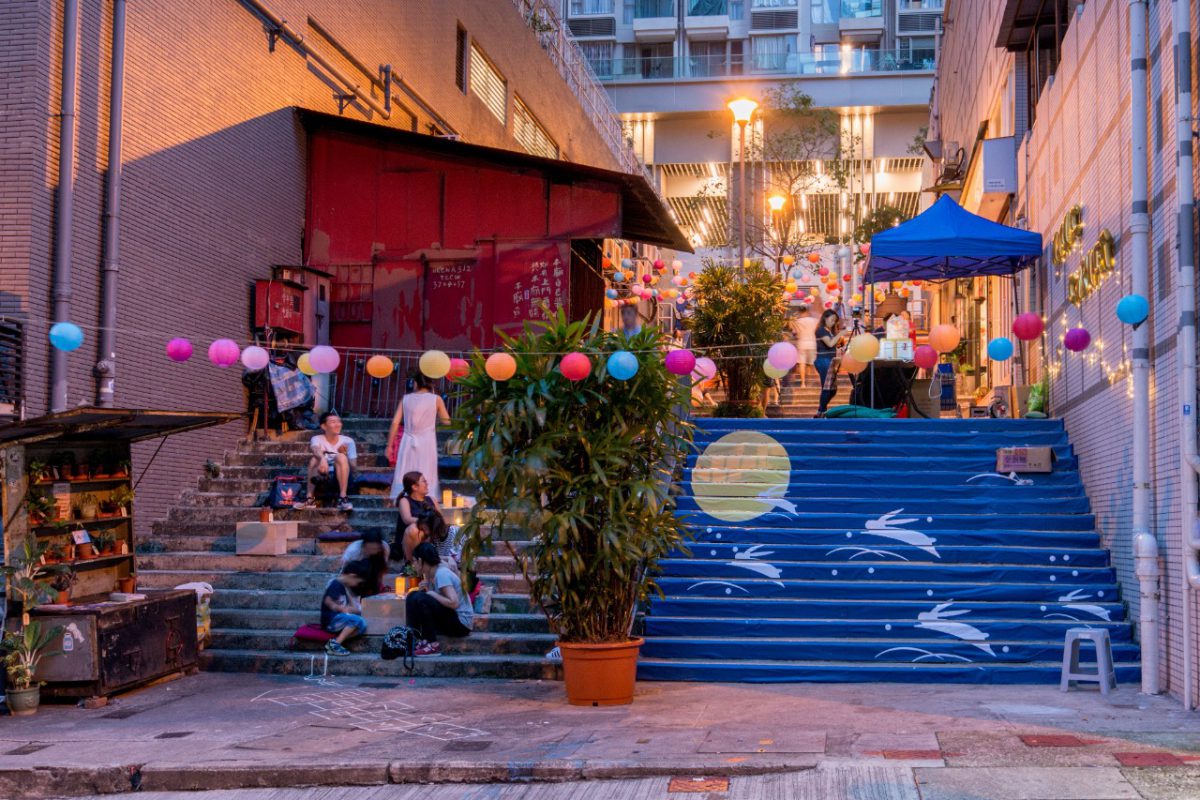
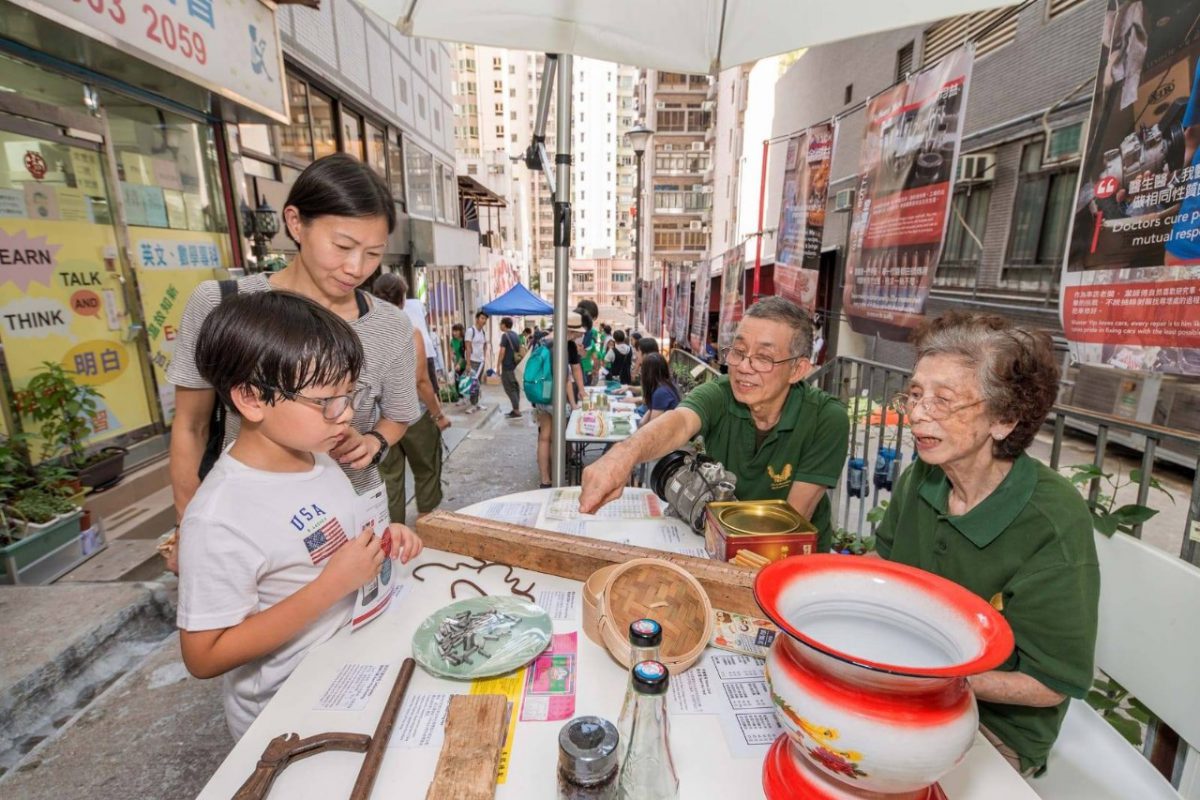
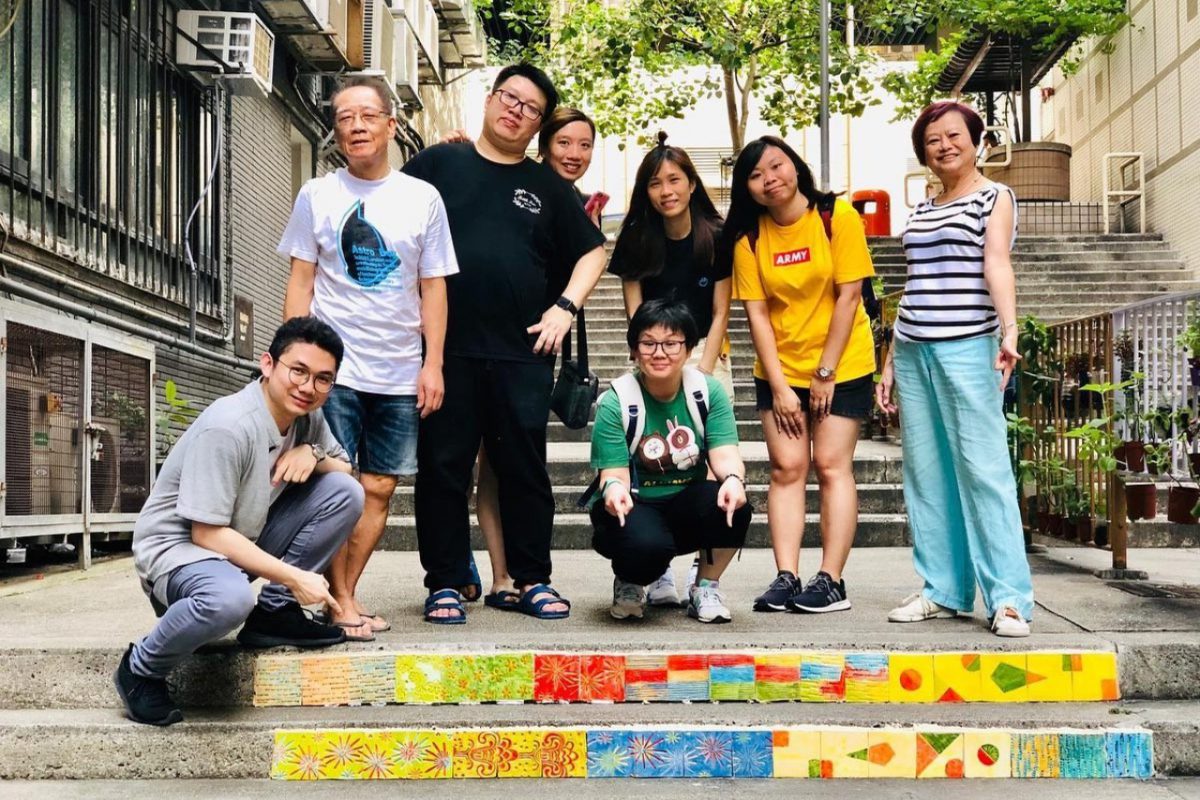
Two years into the project, the Caritas team have taken stock and is ready to share three key lessons:
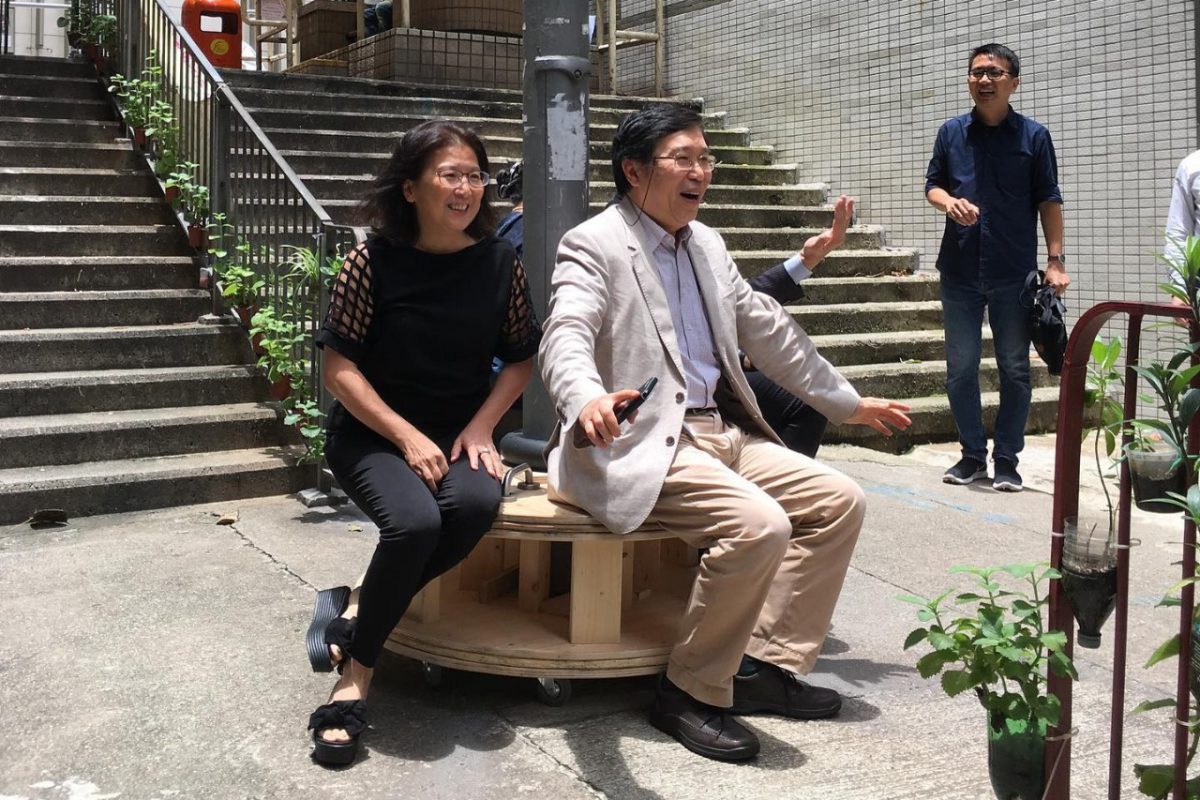
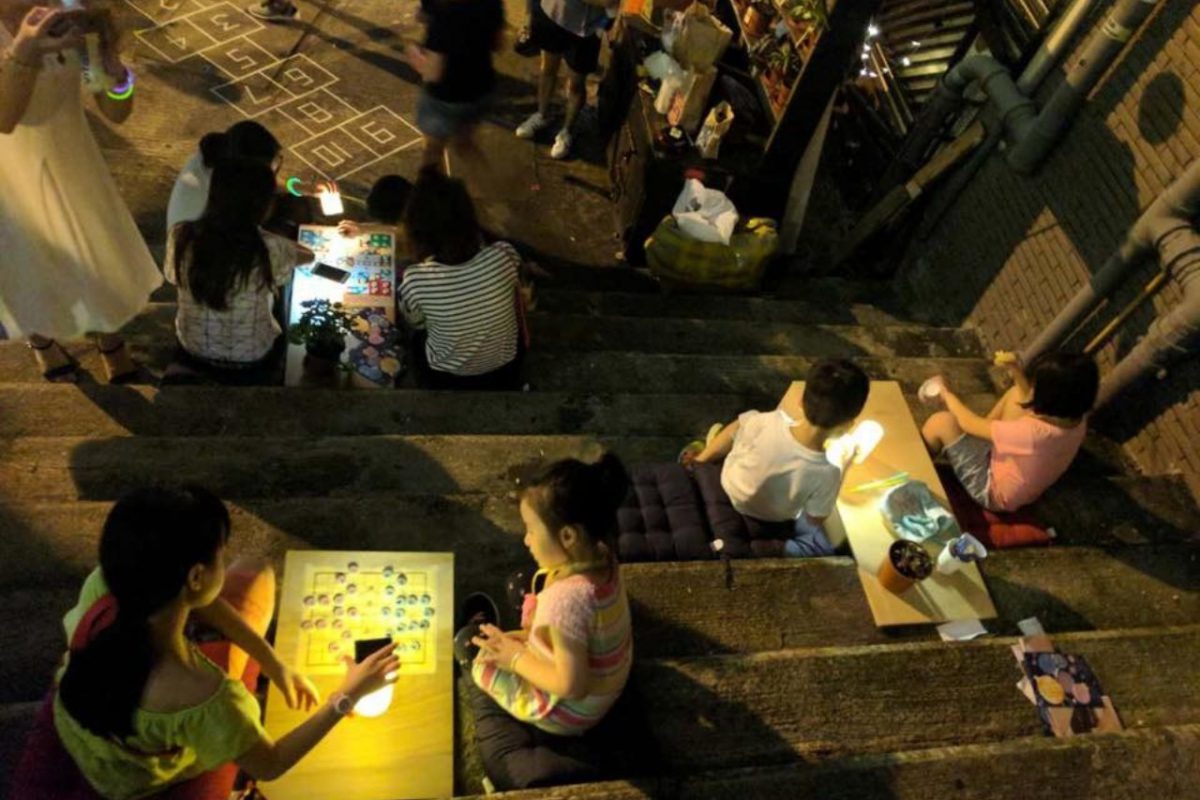
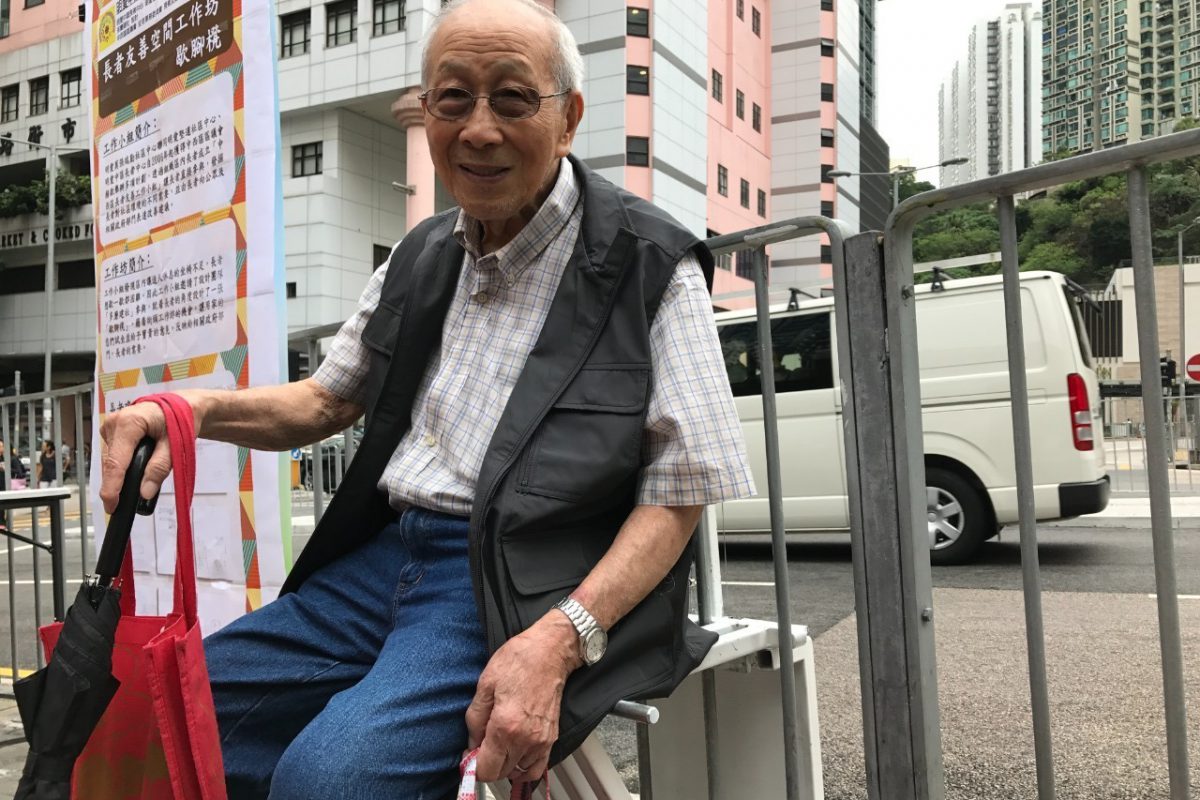
Consolidating resident surveys and project results, the Magic Lanes team articulated five principles for redesigning public space in this old Hong Kong neighbourhood:
The project will extend its duration until early 2020. Navigating the field of stakeholders and respecting their rights and responsibilities will remain a key challenge. Now that Magic Lanes has built trust among both ends of the spectrum, the team can move forward to the next stage. The objective is to improve the quality of space on a more permanent basis within the existing context of ownership and maintenance. With building principles laid out and preliminary consensus reached, Magic Lanes is now working on a feasible design proposal. Physical improvements, albeit small, will still be a breakthrough in Hong Kong’s rigid and non-human centred planning practice. Magic Lanes will be one of the pioneers of community-led design of public space in the city.
